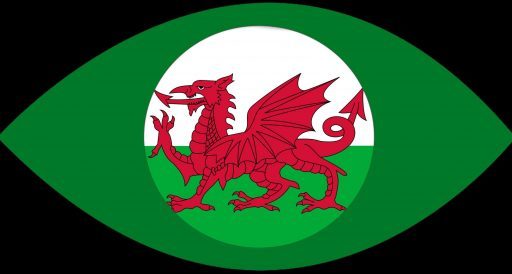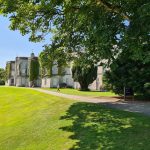The Celts of North Wales: Unraveling the Tapestry of Ancient Heritage
The Celts, an ancient and vibrant civilization, have left an indelible mark on the tapestry of European history. Among the various Celtic tribes that once roamed across Europe, the Celts of North Wales stand out as a distinctive and intriguing group. Nestled within the breathtaking landscapes of North Wales, this region has been witness to the ebb and flow of Celtic culture, customs, and resilience. In this exploration, we delve into the rich history, societal structure, religious beliefs, and lasting legacy of the Celts in North Wales.
Historical Context:
The Celtic presence in North Wales dates back over two millennia. The region, geographically defined by its rugged terrain and proximity to the Irish Sea, proved to be an ideal settlement for the Celts. Archaeological evidence suggests that the Celts began to establish communities in North Wales around the 4th century BCE, blending with the indigenous populations.
One of the defining features of the Celts was their penchant for oral tradition, passing down their history, myths, and rituals through generations. As a result, much of what we know about the Celts of North Wales is gleaned from archaeological discoveries, early historical accounts, and the remnants of their cultural artifacts.
Society and Governance:
Celtic society in North Wales was organized into tribes, each led by a chieftain or king. These leaders played a crucial role in maintaining order, resolving disputes, and guiding their communities through times of peace and conflict. The Celts of North Wales were known for their skilled craftsmanship, particularly in metalwork and pottery. The intricate designs on artifacts and jewelry found in archaeological digs attest to their artistic prowess.
The social structure was characterized by a class division between the nobility and the common folk. The elites enjoyed privileges and held sway over decision-making, while the majority engaged in agriculture, animal husbandry, and other trades. The community was tightly knit, relying on strong familial bonds and a shared sense of identity.
Religious Beliefs:
The Celts of North Wales were deeply spiritual, worshipping a pantheon of deities that reflected the natural world around them. The sacred groves, rivers, and mountains were regarded as divine entities, and rituals were conducted to honor and appease these forces. Druids, the spiritual leaders of the Celts, played a pivotal role in religious ceremonies, acting as intermediaries between the mortal realm and the divine.
The Celts believed in an afterlife, and burial sites were often chosen with care, reflecting a connection to the spiritual realm. The religious practices of the Celts in North Wales were intertwined with seasonal celebrations, marking the changing cycles of nature and agricultural pursuits.
Conflict and Decline:
The Celts of North Wales were not immune to the tumultuous currents of history. The Roman conquest of Britain, initiated by Julius Caesar in the 1st century BCE, brought about significant changes. The Celts fiercely resisted Roman incursions, but over time, the superior military might of the Romans began to take its toll. By the end of the 1st century CE, much of Wales was under Roman control.
The decline of Celtic influence continued with the Anglo-Saxon invasions in the 5th and 6th centuries. The once-thriving Celtic communities faced displacement, assimilation, and in some cases, extinction. The remnants of Celtic culture endured in the language, folklore, and traditions of the Welsh people, but the distinctiveness of the Celtic tribes gradually waned.
Legacy and Revival:
While the direct political and cultural influence of the Celts in North Wales diminished over time, their legacy endured in the collective memory of the Welsh people. The Welsh language, a Celtic language, remains a testament to this enduring heritage. Place names, myths, and folk traditions also bear the imprint of the ancient Celts.
In recent decades, there has been a revival of interest in Celtic heritage, with efforts to preserve and celebrate the unique cultural identity of North Wales. Festivals, reenactments, and archaeological projects contribute to a deeper understanding and appreciation of the Celts’ profound impact on the region.
Conclusion:
The Celts of North Wales, with their dynamic society and spiritual richness, have left an indomitable mark on the historical landscape of the region. Though the tides of time have reshaped the contours of Celtic influence, the echoes of their presence endure in the heritage of North Wales. The story of the Celts in this region is a tale of resilience, cultural vibrancy, and the enduring spirit of a people who shaped the very fabric of history.



